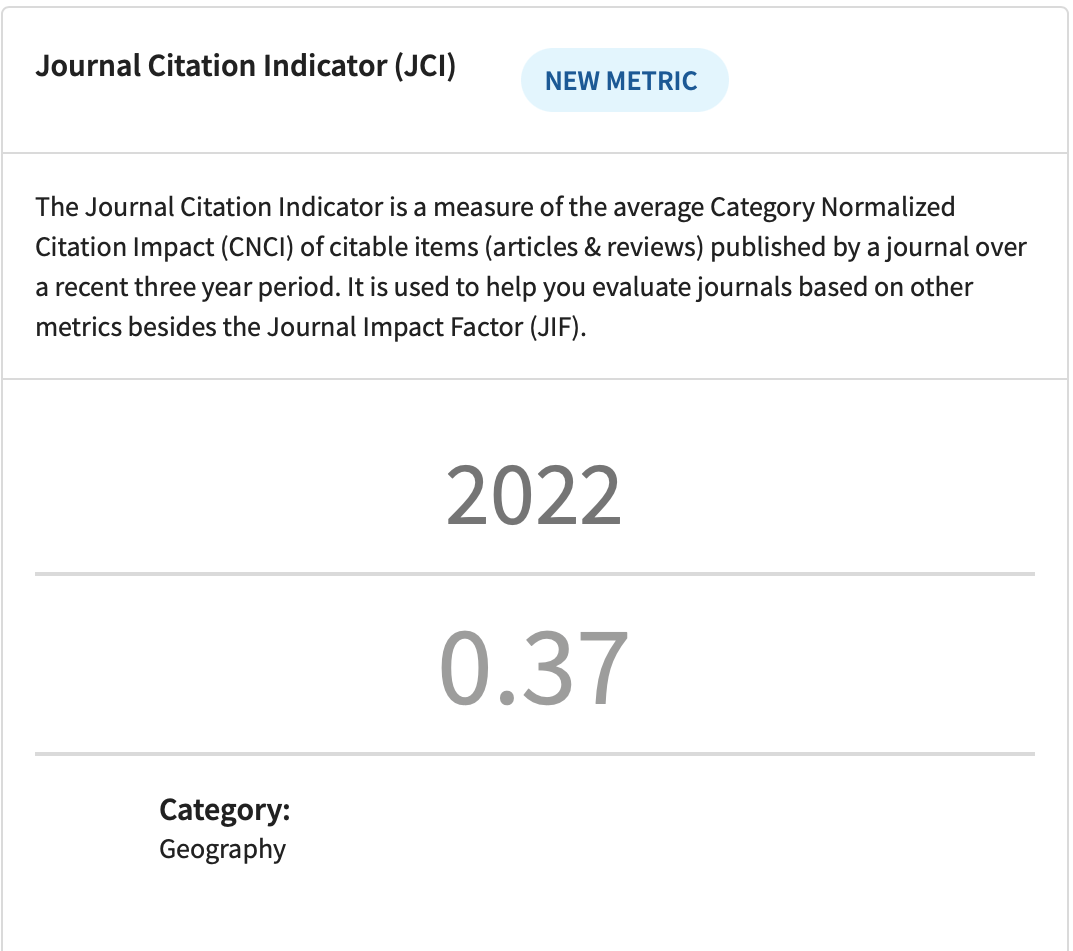CONCEPT AND IMPORTANCE OF STATISTICAL REGIONS ON THE EXAMPLE OF BOSNIA AND HERZEGOVINA
DOI:
https://doi.org/10.2298/IJGI1802265MKeywords:
statistical region, NUTS units, Bosnia and Herzegovina (BiH), Republic of Srpska (RS), Federation of Bosnia and Herzegovina (FBiH)Abstract
Bosnia and Herzegovina is the first country in Europe for unemployment and percentage of inhabitants who do not live in the country where they were born. These data require a very serious approach with a wide range of reasons for these phenomena especially from geographical point of view. Thus, it is necessary to critically investigate its regional structure. The reason for this is knowledge of the real economic and geographical differences that exist between individual regions. In order to achieve this, it is necessary to abandon the concept of the existing physiognomic or economic-geographic regions, since they do not reflect the real dynamics of major social changes and do not allow for the perspective of the future economic and geographical development of Bosnia and Herzegovina. The starting hypothesis of this paper is based on the creation of statistical regions, which will be separated based on the NUTS methodology for the level of political-administrative units, reflecting its constitutional structure. Implementation of statistical regions will soon be set up as an imperative for BiH on the road to EU accession, as already done by other countries.
Article metrics
References
Agency for Statistics of BiH, Census 2013 (2013). Retrieved from http://www.bhas.ba/index.php?lang=sr
EC (2003). The establishment of a common classification of territorial units for statistics (NUTS). Retrieved from http://eur-lex.europa.eu/legal-content/
ESPON (2006). ECPs Transnational networking activities 097/2005. Data and Indicators of Western Balkans, Final Report. Retrieved from http://www.espon.eu/
ESPON (2014). Progress on a European Platform for Applied Territorial Science, Third ESPON 2013 Scientific Report. Retrieved from http://www.espon.eu/
Government of the Republic of Srpska (2009). Strategic Plan for Rural Development of the Republic of Srpska 2009-2015. Retrieved from http://www.vladars.net/sr-SP-Cyrl/Vlada/Ministarstva/mps/%D0%BC%D0%B8%D0%BD%D0%B8%D1%81%D1%82% D0%B0%D1%80%D1%81%D1%82%D0%B2%D0%BE/Pages/default.aspx
Government of the Federation of Bosnia and Herzegovina (2008). Spatial Plan of the Federation of Bosnia and Herzegovina 2008–2028. p. 15. Retrieved from http://www.vladatk.kim.ba /Vlada/Dokumenti/ppfbih/PP%20F%20BiH%2016_08_2012.pdf
Government of the Federation of Bosnia and Herzegovina (2010). Development strategy of the Federation of Bosnia and Herzegovina 2010–2020. Retrieved from http:// www.fmks.gov.ba/kultura/legislativa/strategije/ProjektnizadatakStrategijarazvojaFBIH.pdf
Institute for urbanism of the Republic of Srpska (1996). Spatial Plan of the Republika of Srpska-stage plan 1996–2001. Banja Luka, Bosnia and Hercegovina: Institute for urbanism of the Republic of Srpska.
Institute for urbanism of the Republic of Srpska (2008). Spatial Plan of the Republika of Srpska until 2015. Retrieved from http://www.vladars.net/sr-SP-Cyrl/Vlada/Documents/ ProstorniPlan.pdf
Institute for urbanism of the Republic of Srpska (2015). Spatial Plan of the Republika of Srpska until 2025. (p. 65 and 67) Retrieved from http://www.vladars.net/sr-SP-Cyrl/Vlada/Ministarstva/mgr/ Documents/pdf
Institute of Statistics of the Republic of Srpska, Census 2013 (2013). Retrieved from http://www.rzs.rs.ba/
Mutabdžija, G. (2011). Regional policy: contribution to the sustainable development of rural areas of the Republic of Srpska Zbornik radova III kongresa srpskih geografa, 703–708.
Mutabdžija, G. (2013). Republic of Srpska: Socio-Geographic Challenges. Scientific Annals of “Alexandru Ioan Cuza” of Iasi - Series Geography, 59(1), 209–219. doi: http://dx.doi.org/10.15551/scigeo.v59i1.209
Mutabdžija, G. (2016a). BiH and the EU enlargement: through the labyrinth of political and economic demands. Zbornik radova Nauka i evrointegracije, 2(2), 363–371.
Mutabdžija, G. (2016b). European challenges - from geographic to innovation regions (Evropski izazovi - od geografskih ka inovativninim regijama). East Sarajevo, Bosnia and Herzegovina: Zavod za udžbenike i nastavna sredstva.
Mutabdžija, G. (2016c). Sarajevo–Romanija Region: A Fluid Space between the Rural and Urban. European Countryside, 3, 296–303. doi: http://dx.doi.org/10.1515/euco-2016-0021
Mutabdžija, G. (2017). Economic identity and settlement reality of the Republic of Srpska. Godišnjak Matice srpske – Društvo članova u Republici Srpskoj, 7, 367–379. doi: http://dx.doi.org/10.7251/GMS1707367M
Osmanković, J. & Pejanović, M. (2009). Euroregions and Bosnia and Herzegovina Euroregije i Bosna i Hercegovina. Sarajevo, Bosnia and Hercegovina: FPN.
Sadiković, E. (2014). Europe regions - the cohesion policy of the European Union and the Western Balkans Evropa regija – kohezijska politika Evropske unije i zapadni Balkan. Sarajevo, Bosnia and Hercegovina: Šahinpašić.
Spahić, M. & Jahić, H. (2011). Geographical regionalization of Bosnia and Herzegovina in the light of Euro-Atlantic integration (Geografske regionalizacije Bosne i Hercegovine u svjetlu evroatlanskih integracija). Zbornik radova Bosna i Hercegovina — 15 godina Dejtonskog mirovnog sporazuma, 171–192.
Tihi, B. (2008). Economic price of the existing regional division in BiH. Zbornik radova sa međunarodne konferencije Euroregije i Jugoistočna Evropa, 13–20. p. 18.
Tošić, D. (2012). Principles of regionalization. Belgrade: University of Belgrade, Faculty of Geography.
The Sarajevo Canton Planning Office. Retrieved from http://zpr.ks.gov.ba/
Downloads
Published
How to Cite
Issue
Section
License
Copyright (c) 2018 Journal of the Geographical Institute “Jovan Cvijić” SASA

This work is licensed under a Creative Commons Attribution-NonCommercial-NoDerivatives 4.0 International License.











